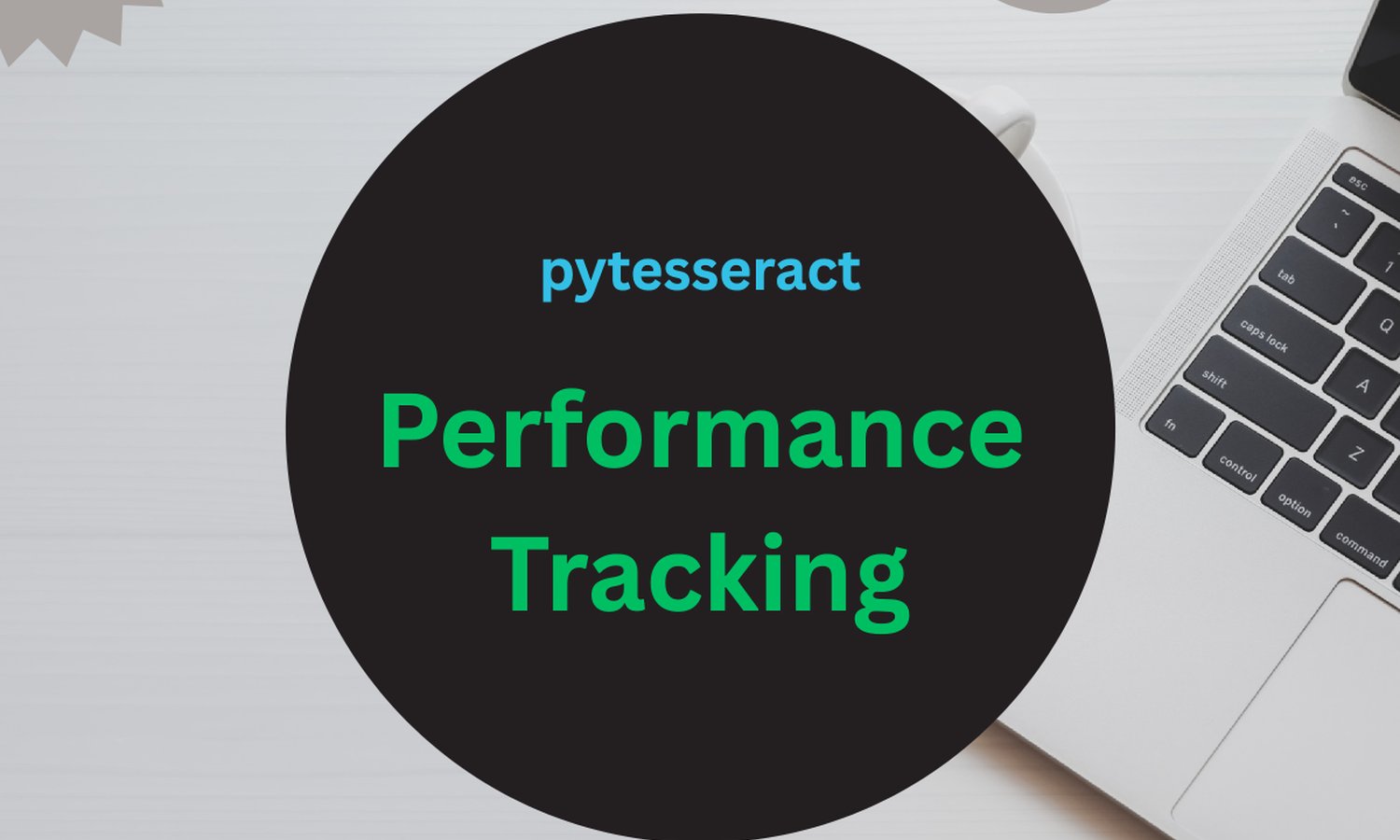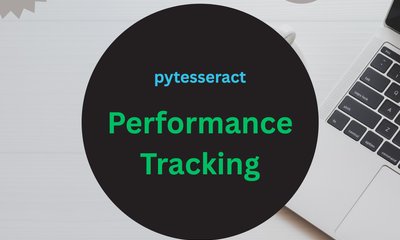By JoeVu, at: 17:20 Ngày 11 tháng 2 năm 2023
Thời gian đọc ước tính: __READING_TIME__ phút


By JoeVu, at: 17:20 Ngày 11 tháng 2 năm 2023
Thời gian đọc ước tính: __READING_TIME__ phút


